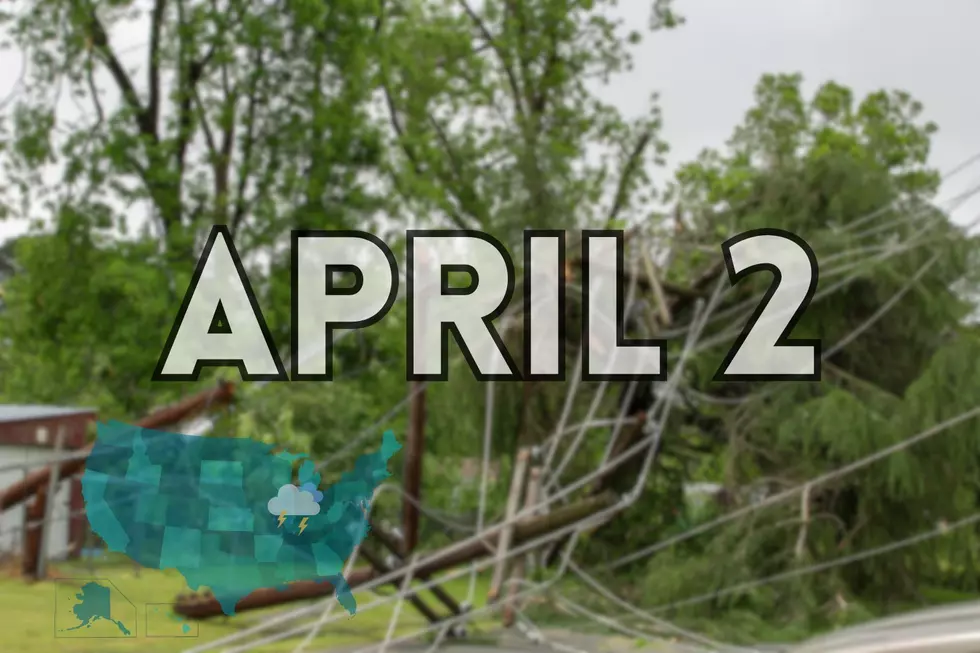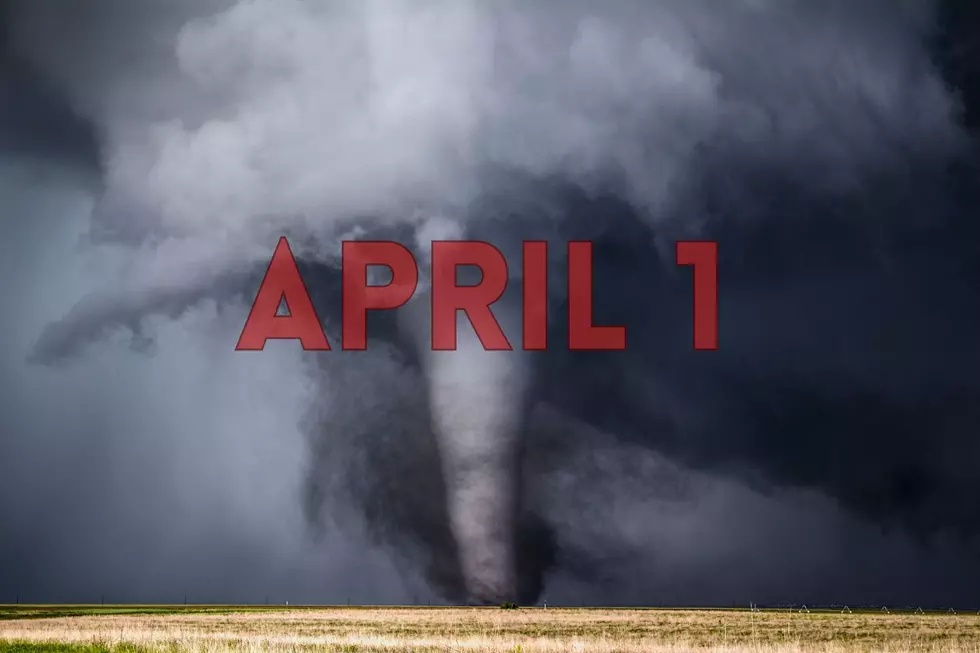
Long-Range Forecast Predicts a Sizzling and Soggy Summer for Indiana and Kentucky
It sounds like we're about to have a hot one ahead!

The Farmer's Almanac and Long-Range Weather Forecasts
One thing I always enjoy is looking into weather lore and long-range forecasts. Now, of course, long-range forecasts are less accurate than short-range weather forecasts. Of course, that is because short-range forecasts are based on the current state of the atmosphere, satellite imagery, and a whole lot more science than I can even begin to understand (shoutout to our local meteorologists)! Whereas long-range forecasts are typically based on things like historical trends.
I often look to the Farmer's Almanac to see what they say about the upcoming seasons, and I wondered how they do it. It turns out the Farmer's Almanac bases its weather predictions on a number of things including looking at historical trends and comparing solar patterns. They also have a secret weather prediction formula that they've been using since 1792! The Farmer's Almanac claims to have a roughly 80% success rate with their predictions, and after 200+ years of predictions, I'd say that's a pretty good success rate! So what is the prediction for our area this summer?
Weather Predictions Say a Sizzling and Soggy Summer is Ahead
With spring being just a few days away, I've got warm weather on my mind. It turns out we could be looking at a scorcher of a summer. Here in southern Indiana, we are no strangers to humid, and downright hot summer days, and it looks like summer 2023 will be no different.
The United States is divided into different regions and specifically here in the Tri-State area, we are in the Ohio Valley Region. Here is the long-range weather forecast for the Ohio Valley Region for 2023 from Alamanac.com:
April will be cooler and drier than normal, while May will be warmer than normal with near-normal precipitation. Summer will be warmer and wetter than normal. The hottest periods will be in late June and mid- to late July. September and October will be warmer than normal, with near-normal precipitation.
The Farmer's Almanac has a graphic of the U.S., and they have our area on the border as "warm to hot soggy" and "oppressive, showery, thundery." So that's fun! You can read more about the long-range forecast from the Farmer's Almanac, here.
LOOK: The most extreme temperatures in the history of every state
More From WDKS-FM









